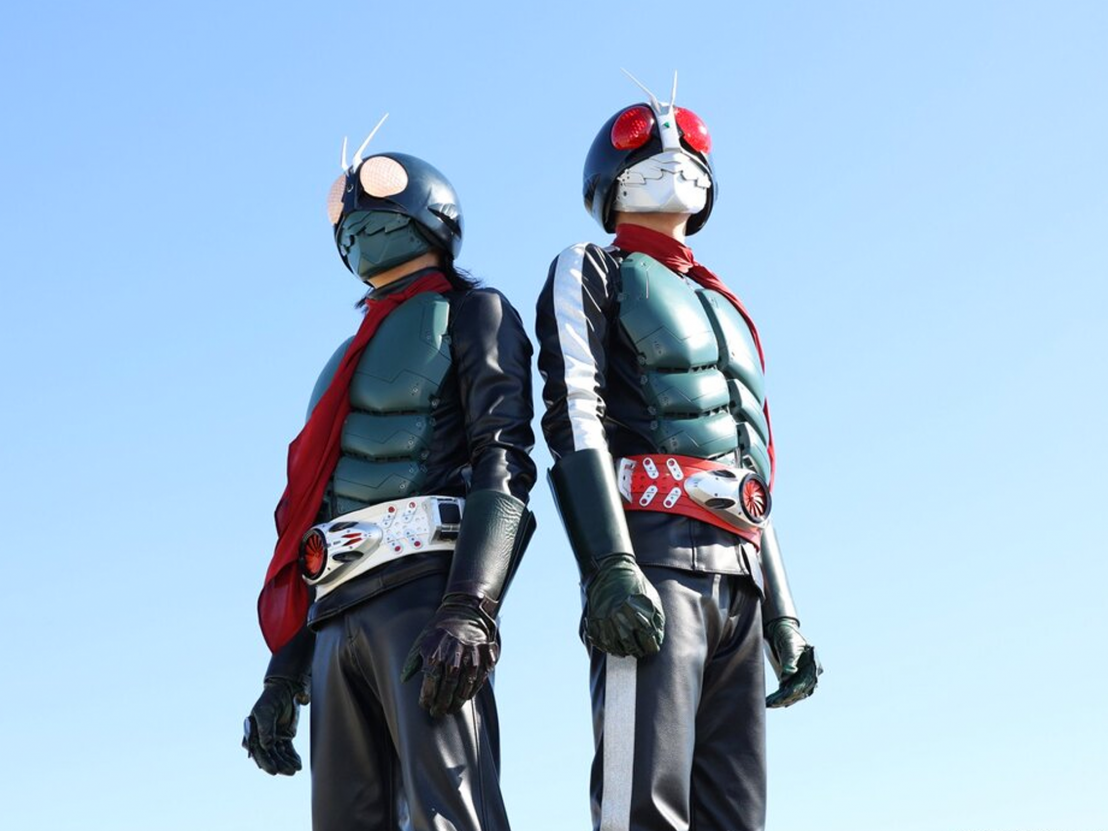
When Shin Kamen Rider was officially announced as Hideaki Anno’s next live-action feature in 2021, it was a dream come true for the acclaimed director. As he put it at the time, ‘Fifty years ago, just like any elementary school kid at the time, I was fascinated by Kamen Rider. Fifty years later, I began this film project with the hope of repaying this big favor in a small way.’
This repayment to the child inside defines Anno’s unofficial Shin series of films, with each film in the series standing as the creators’ distinct take on the pillars of Japanese pop culture that he was inspired by as a child or that he created in their image. With Shin Godzilla, despite initial reluctance due to his mental state at the time following production of Evangelion 3.33, it was his chance to become involved with this titan of kaiju cinema. Anno has been an honest lover for the pantheon of the genre, even spending time on the set of the Heisei Gamera trilogy with his friend Shinji Higuchi (special effects director on that trilogy and producer on this new Godzilla) while creating a documentary on its production, and the result offered a fascinating modern political thriller replacing the atomic bomb with the 3.11 earthquake.
With Shin Evangelion, he got to bring a theatrical end to the Evangelion franchise he created in the 1990s at Gainax on his own terms with a more hopeful ending, following controversy and production issues marring the initial TV broadcast. Then, with Shin Ultraman, he had the opportunity to write the script for one of his childhood favorite tokusatsu (special effects) heroes.
Of all of these productions, Shin Ultraman and Shin Kamen Rider are the most personal gifts Anno could offer his childhood self. Far from the first superhero TV shows to hit Japanese screens (this credit goes to Super Giant, which first aired in 1957), these tokusatsu icons came into the world during the formative years of Anno’s childhood in the late 1960s and early 1970s, and not only successfully scaled down the high-budget production quality for a smaller screen, but spawned iconic heroes and fruitful franchises that continue to thrive today.
It was during this era that there was a boom of tokusatsu heroes taking to the smaller screen, capturing national audiences in an era of increased TV consumption as more entered homes in the post-1964 Olympic era. Yet it should be no surprise that it was Kamen Rider that Anno was most drawn towards during his formative years: even in this hero-heavy era typically defined by the friendly guardianship of Super Sentai and Ultraman, Kamen Rider stood out as something more mysterious, even cool and mature.
The series was first broadcast in 1971, with its trademark visual design and masked hero on a motorbike present from the very beginning. While each Kamen Rider has its own unique twist on the core concept, each series in the franchise typically follows a standardized formula: a solo warrior, with maybe one or two friends in more recent years, fighting to protect their friends and save the world against a malevolent organization bent on world domination. Yet whereas its closest contemporaries like Super Sentai are much more obviously opposed to their alien enemies, Kamen Rider often blurs the line between enemy and friend, with the two using similar technology, or even switching allegiances over the course of their adventure.
Conceptual designs for the series were created by mangaka Shotaro Ishinomori, whose concepts conjured up an intentionally darker hero to its contemporaries intended almost as a partial horror for a younger audience, beyond the heroic, action-heavy exterior. At the time, some disenfranchised rural youth were being sent to factories in cities after middle school for work, while those in Ishinomori’s generation came of age in the firebomb-ravaged aftermath of World War II. Ishinomori’s early manga often cited as a large influence on the franchise, Skull Man, alongside the creator’s other early ideas for the series, made reference or commented on the experiences of this disenfranchised generation, with a hero who charted his own path to a brighter future.
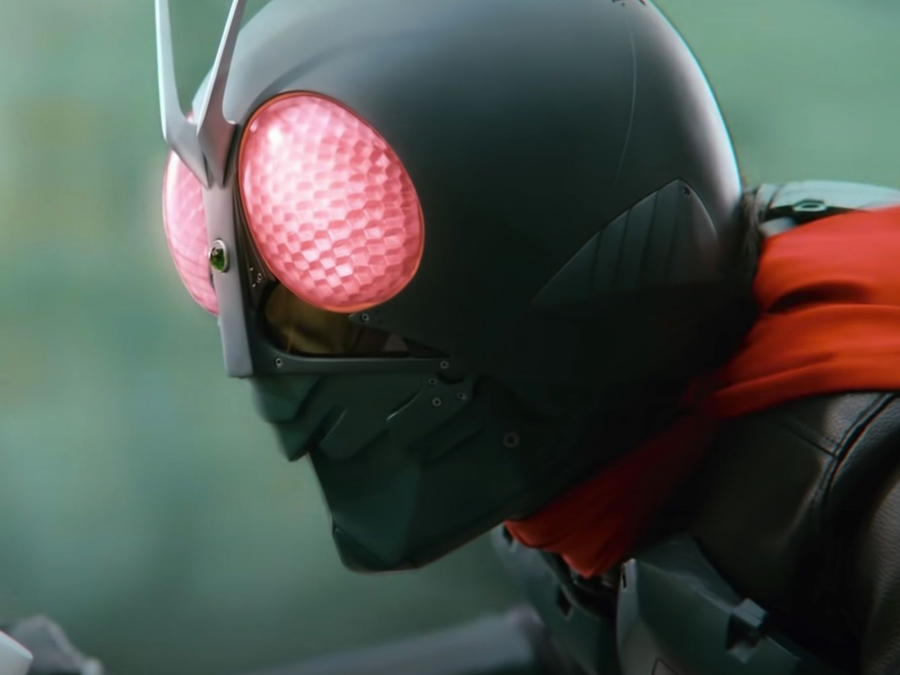
It was hopeful, but with a darker undertone than many similar stories of the time, one that thematically lingers with the series even today. Many of its early enemies were fascists and referenced real-world examples of fascism in their designs. The enemies of the first series were the terrorist organization Shocker, made up of and linked to the Nazis who brainwashed victims into fighting on their side as agents, with the protagonist being a character who escaped this process and aims to take the organization down.
Beyond this, Kamen Rider Amazon was criticized by some for what was seen as an excess of graphic violence (and was eventually reimagined as an adult-oriented series by Amazon Prime years later) while Kamen Rider Black is often considered one of the most beloved series precisely because of its heavier tone, as two brothers take different sides in its central conflict (this also got rebooted by Amazon Prime for Black Sun, featuring Drive My Car star Hidetoshi Nishijima).
The series has even experimented with the formula to bring into question the assumption that the titular Kamen Rider is even a hero. In the 2002 television series Kamen Rider Ryuki, thirteen Riders battle in the Rider War thanks to Advent Cards and contracts with monsters in another parallel world whose only rule is that there can only be one Kamen Rider, while others must be killed. The process turns some of the participants into acting like the monsters they contract with, while the war sees the monsters themselves feeding on humanity in order to survive.
Kamen Rider, his bug mask, and his motorbike, offered something unique in the realm of tokusatsu heroes. Far from the guardian-like status characters like Gamera or Ultraman held, or the bright, color-coded heroes of Super Sentai, Kamen Rider was a lovable rogue. Undoubtedly still fighting against evil, they were a vigilante who fought alone, struggling forward with demons of his own to tackle, fighting for and discovering the meaning of justice in the process.
Anno has repeatedly spoken of his love for Kamen Rider, in part because of this darker tone. In the way that Daicon Film, the student collective of Anno and his closest university friends that eventually became animation Studio Gainax, created DAICON III and IV referencing countless sci-fi works including the masked vigilante and his own Ultraman fan film, photos shared during his days with the group include Anno decked in full Kamen Rider cosplay. While speaking with Japanese comedian Hidetoshi Nishijima in a fireside chat for Amazon Prime, it’s the dark lighting he lingers on, which both made its nightmarish imagery scarier and the eyes of Kamen Rider glowing in the darkness even more striking.
It’s a comment that gives at least some indication as to what to expect from his own interpretation on the franchise, as the film remains shrouded in mystery even as it reaches theaters across Japan. The three attempts at theatrical films in the early 1990s remain the only examples of animation company Toei experimenting with standalone films, with other frequent theatrical adaptations of the franchise being merely re-edits or crossover films tied heavily to their TV counterparts. Trailers too have remained vague, focusing on striking imagery, Anno’s trademark non-standard scene framing and the return of the iconic original Kamen Rider costume and imagery of the Shocker organization.
Yet perhaps this tells us more than we think: it’s a return to the roots of the series that Anno has proclaimed to love so much. It’s a reboot of the ideas of that series modernized for a new generation, likely retaining and pushing the thematic undertones further in the vein of his work on Shin Godzilla. Remaining faithful is clearly important to the creator having announced the film with a shot-for-shot remake of the original opening theme, even ignoring his other live-action anime-inspired tokusatsu directing experience with his hilarious and entertaining adaptation of Cutie Honey that even references Kamen Rider through its fight sequences filmed at on location in the Tokyo Bay.
Kamen Rider is defined by a morally-gray approach to justice that sets it apart from Super Sentai, Ultraman or even, to an extent, Godzilla. Both in the franchise’s original interpretation of justice inspired by the post-war consensus and its continued update to this idea in reflection of a changing world, you can see how Anno’s initial fascination with the character influenced his later work on defining Shinji and NERV within Evangelion. Tracking the history of Kamen Rider tracks Anno as a creator, and whether through the franchise’s weekly kids TV series or its mature interpretations for the audiences who came of age with prior generations of hero, both Anno and Kamen Rider can bring their dual conversations on justice and heroism into one film.
So we come full circle. Kamen Rider returns to its 50th anniversary roots while Anno returns to his childhood and one of his adolescent self’s greatest influences on his creative career. Whatever the result, the essence of Anno as a creator will likely unfurl in front of us, and for the child that lives inside.
Published 20 Mar 2023
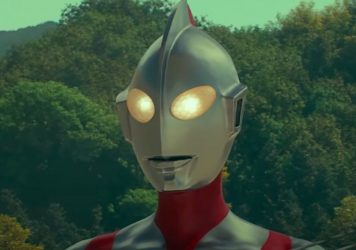
As the cult Japanese hero receives a new live-action outing, we explore Ultraman’s influence on Hideaki Anno.
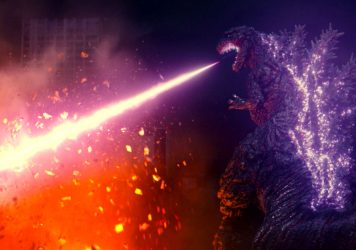
By Keno Katsuda
Like the original Godzilla, Anno Hideaki and Higuchi Shinji’s 2016 kaiju marked a turning point in Japan’s understanding of nuclear power.
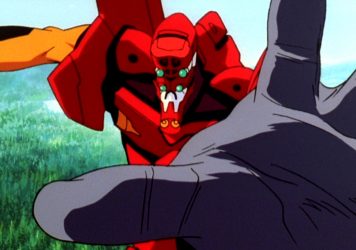
Back in cinemas this week, Hideaki Anno’s feature-length finale breaks hearts, bodies, and the fourth wall.